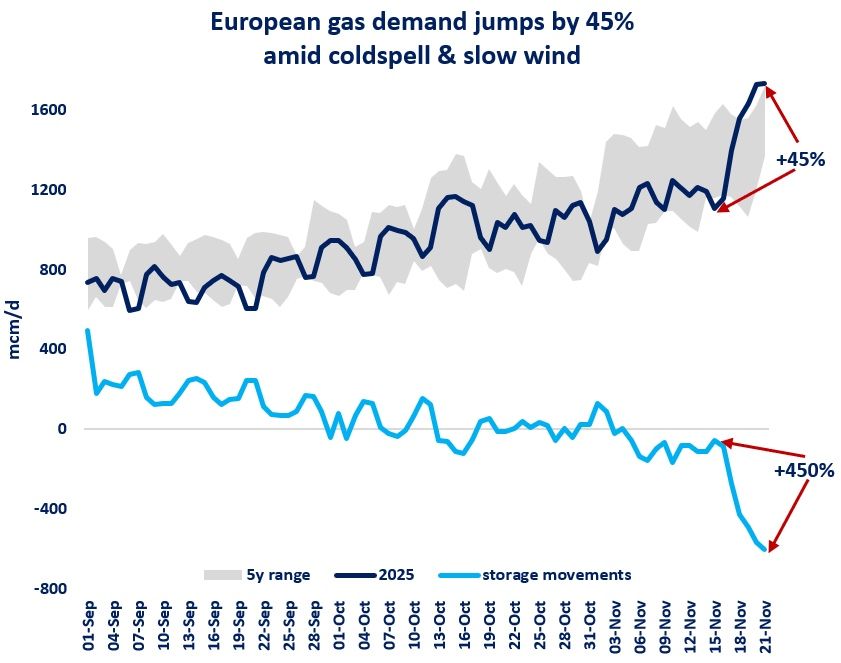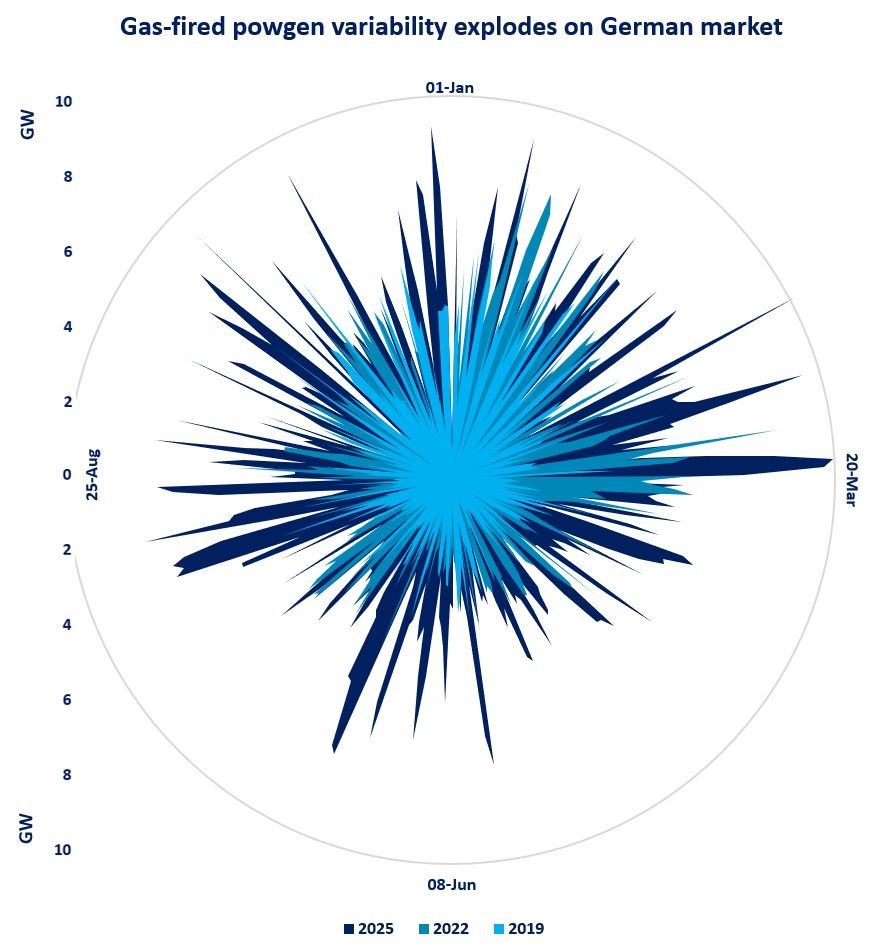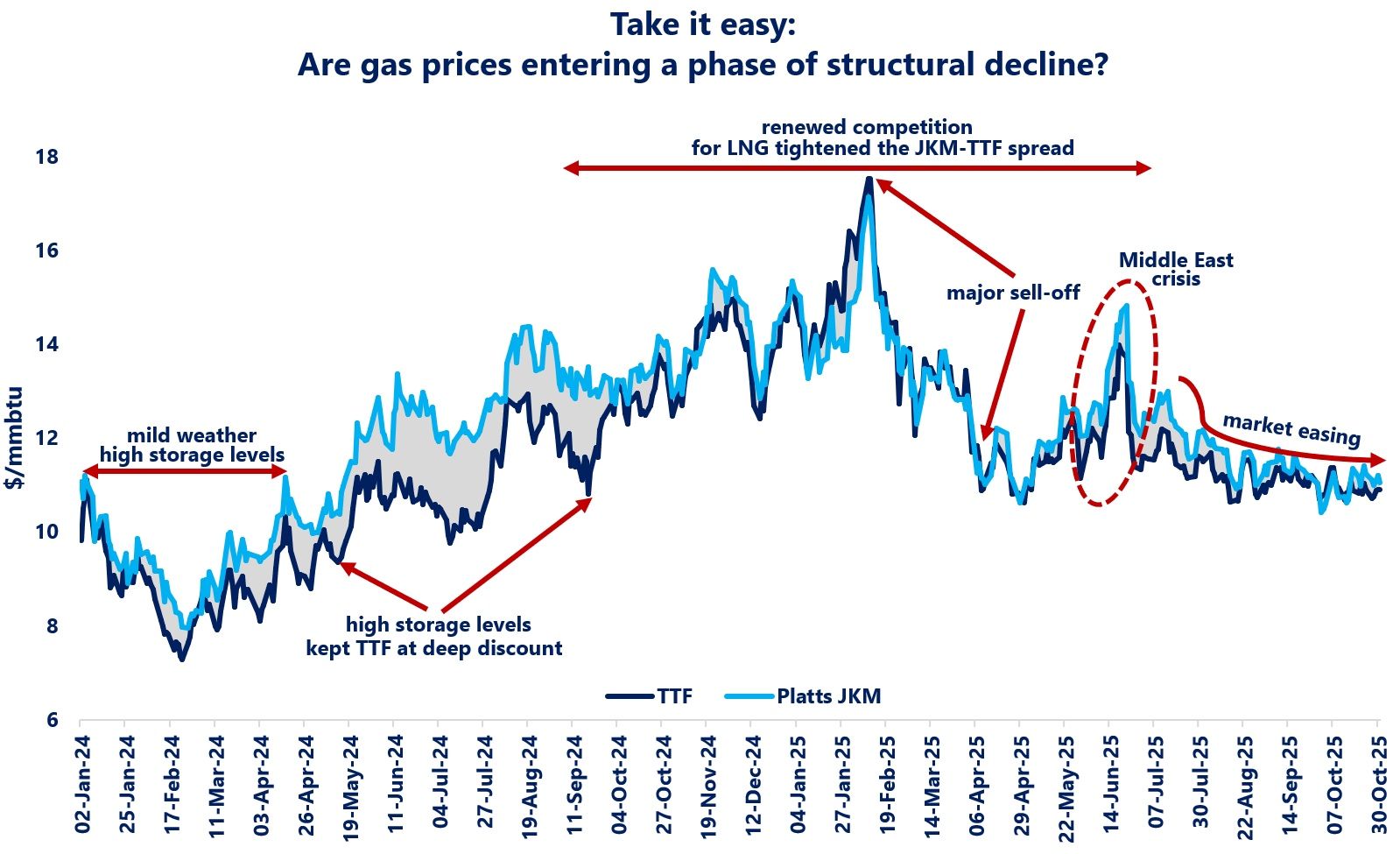

Looking for a place: the integration of low-carbon gases to the energy system will require new market designs to reflect new, more complex interdependencies and the changing flexibility options of gas supply.
Low-carbon gases, including biomethane, hydrogen, synthetic methane and methane+CCUS, represent a powerful tool to decarbonize the gas and energy systems.
According to the latest ENTSOG Global ambition scenario their share could reach over 30% by 2035 in the EU before climbing to over 100% by 2050.
While decarbonizing gas supply, the flexibility of the new gas system is likely to be challenged by the decentralized, flat/intermittent supply profile of low-carbon gases, their divergent qualities, blending limits, access to underground storage and a less robust linepack.
An updated market design should promote enhanced cooperation amongst market participants, facilitate reverse flows between DSOs and TSOs, enhance interoperability, greater operational transparency and lay down the rules for quality neutral gas trading in a multi-gas system.
What is your view? How will low-carbon gases evolve? what will be the implications for market design? And what about TTF?
Source: Greg Molnar
See original post by Greg at LinkedIn.













